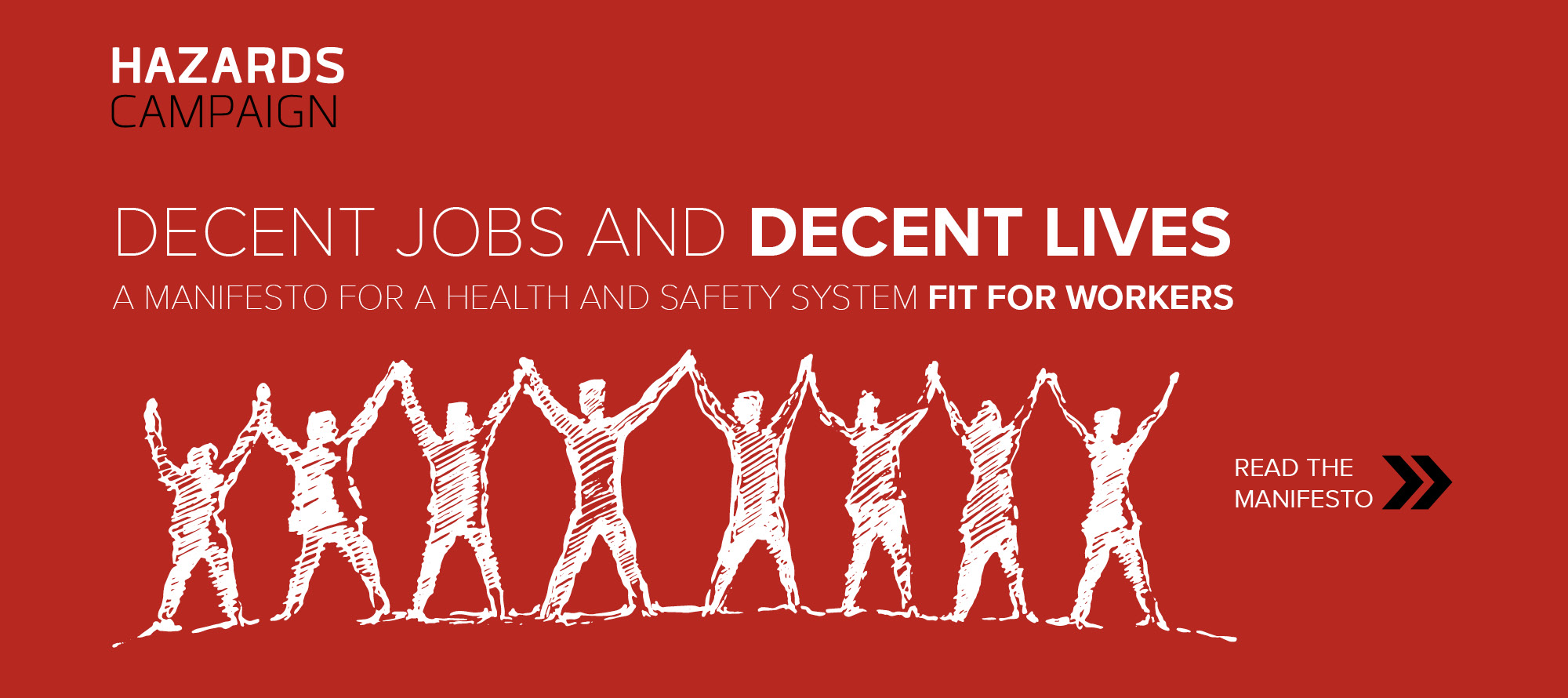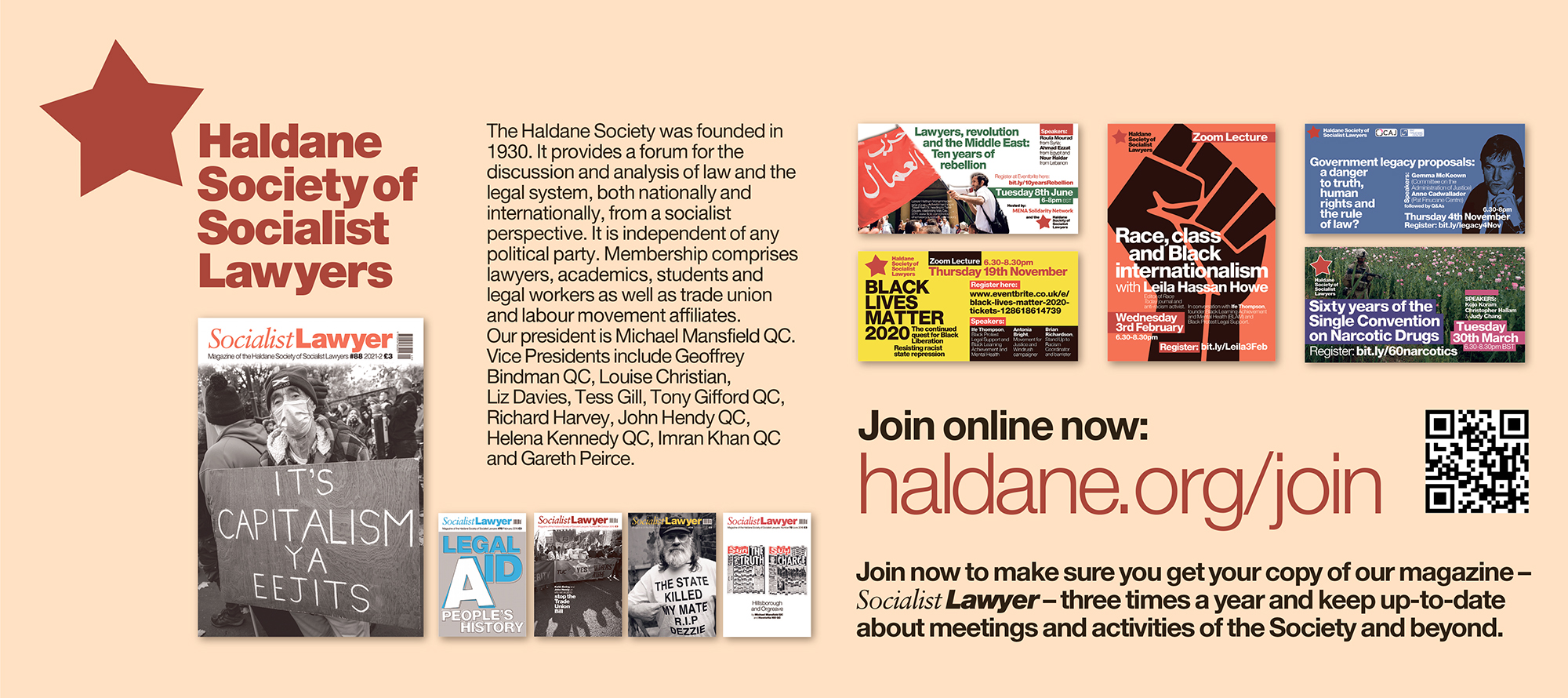Women’s Labour and Trade Unionism – A Dangerous Combination?
By Rebecca Zahn and Nicole Busby 06 July 2016 Women have played a key role in the British trade union movement since its inception. After all, the first strike for equal pay was organised by 1,500 women card-setters in Yorkshire in 1832. However, although trade unionism and the intellectual underpinnings of the labour movement were instigated around and by women – one need only think of the economist and labour historian Beatrice Webb (often referred to as one of ‘the Webbs’, i.e. the wife of Sidney but who was a pivotal figure in her own right) just as much as they were by men, the fact remains that once institutionalised, the labour movement became focused on the needs and concerns of the ‘standard male worker’. Women workers became part of the women’s movement – viewed as ‘the other’ and often subjected to outright hostility – rather than an integral part of the British workers’ movement. Women’s position outside the mainstream labour movement has been maintained up to the present day. Nowadays gendered occupational segregation and the prevalence of part-time work raise questions about the relevance of traditional trade unionism to women’s working lives. From their perceived threat to the established organisation of paid work up to these contemporary challenges to trade unionism, women can be seen as ‘dangerous’.
By Rebecca Zahn and Nicole Busby
06 July 2016
Women have played a key role in the British trade union movement since its inception. After all, the first strike for equal pay was organised by 1,500 women card-setters in Yorkshire in 1832. However, although trade unionism and the intellectual underpinnings of the labour movement were instigated around and by women – one need only think of the economist and labour historian Beatrice Webb (often referred to as one of ‘the Webbs’, i.e. the wife of Sidney but who was a pivotal figure in her own right) just as much as they were by men, the fact remains that once institutionalised, the labour movement became focused on the needs and concerns of the ‘standard male worker’. Women workers became part of the women’s movement – viewed as ‘the other’ and often subjected to outright hostility – rather than an integral part of the British workers’ movement. Women’s position outside the mainstream labour movement has been maintained up to the present day. Nowadays gendered occupational segregation and the prevalence of part-time work raise questions about the relevance of traditional trade unionism to women’s working lives. From their perceived threat to the established organisation of paid work up to these contemporary challenges to trade unionism, women can be seen as ‘dangerous’.
Women workers’ early attempts to take collective action against their employers were perceived as a serious threat to social cohesion. A commentator on a female mill workers’ strike in 1835 wrote that female militancy was ‘more menacing to established institutions even than the education of the lower orders.’ Once they ventured beyond work such as spinning and weaving – considered extensions of ‘womanly duties’ – into the factories, women workers were considered a real threat to societal order and moral values. In a speech to the Trades Union Congress in 1875, the TUC’s parliamentary secretary Henry Broadhurst urged Congress to ‘bring about a condition where (our) wives and daughters would be in their proper sphere at home, instead of being dragged into competition for livelihood against the great and strong men of the world.’
The strike by women match workers at the Bryant and May factory in Bow in 1888 has only recently been recognised as a vital catalyst for ‘new unionism’ and as paving the way for the 1889 (male) Gasworkers’ and Dockers’ strikes which laid the foundations of the modern Labour Movement. Rather, women workers were perceived as an all-around danger to employers, the state and society for challenging the status quo; and, to the trade union movement due to their non-compliance with the normative model of work around which mainstream union activities including collective bargaining were based. Women’s very participation in paid work threatened the ‘family wage’ of their fellow male workers and challenged the organisation of workers within specific workplaces.
Between 1888 and 1918, overall trade union membership in the UK grew from 750,000 to six and a half million. The number of women members also increased during that period. However, by 1910, women made up almost one third of the workforce but only 10% of union members; over 90% of women workers remained unorganised. Although women were incorporated in mixed unions in sectors such as the cotton and textile industries where they often outnumbered male operatives (a high proportion of women were also members of teaching, clerical and shop workers unions), for the most part women organised themselves. The Women’s Protective and Provident League was founded in 1874 and was replaced by the Women’s Trade Union League (WTUL) in 1889. The WTUL’s Secretary, Clementina Black, moved the first successful equal pay resolution at the TUC’s Congress in 1888 despite opposition from the General Secretary (although this was a symbolic victory as the motion was never acted upon), and campaigned widely for the extension of protective legislation for women workers. Other all-female organisations like the Co-operative Women’s Guild (1883) and the National Federation of Women Workers (1906) also sprung up around the same time. The WTUL was eventually dissolved in 1921 when the TUC incorporated its functions by forming the Women Workers’ Group.
Despite the inroads made in women’s collective organisation and the contribution of Beatrice Webb and others to the Labour movement more generally, trade union opposition to women workers and in particular their concerns regarding equal pay and treatment continued well into the 20th century. Although female participation in the labour market – and especially in traditionally male-dominated industries – increased during the First World War this was against the wishes of trade unions. Trade union meetings, strikes and negotiations usually excluded women and the stereotypical image of the average trade unionist continued to be ‘male, pale and stale’.
The 2010 British film Made in Dagenham (now a sell-out musical) narrates the strike by women workers’ at Dagenham’s Ford factory in 1968 as marking a turning point in the battle for sex equality, which eventually led to the passage of the Equal Pay Act 1970. However, the struggle for equal pay in fact goes much further back than that. During the second World War the expansion in women’s employment to fill the gaps left by men fighting at the front was not met by any improvement in pay with women’s average wage sitting at a woeful 53% of that paid to the men they had replaced. Furthermore the expansion in state-provided nurseries which had enabled mothers to work outside the home was swiftly withdrawn at the end of the War with the explicit approval of the TUC. In 1944 a Royal Commission on Equal Pay was established largely in response to the government’s resistance to a House of Commons vote to establish equal pay for teachers. However, by the end of the war the campaign for equal pay had lost momentum as the government and the TUC sought to persuade women to return to their home-making role and to more traditional paid work such as domestic service. The Commission on Equal Pay reported somewhat cautiously in 1946 that women in teaching and certain civil service grades might benefit from equal pay, although it would be the early 1960s before there was any significant progress in either sector. As the following excerpt from the TUC’s 1948 annual report shows, the trade union movement continued to hold a traditional view of women’s place in society:
There is little doubt in the minds of the General Council that the home is one of the most important spheres for a woman worker and that it would be doing a great injury to the life of the nation if women were persuaded or forced to neglect their domestic duties in order to enter industry particularly where there are young children to cater for.
Given such systemic opposition to the realisation of women’s social and economic emancipation, it is little wonder that the fight for equal pay showed no signs of progress in Britain’s post-war reconstruction of the 1950s. However, the rise of the global civil rights movement in the 1960s and the Labour Party’s wish that the UK should join the European Economic Community cast a spotlight on the entrenched pay inequality and a new era dawned. The Labour Party’s 1964 Manifesto called for a Charter of Rights for all employees to include ‘the right to equal pay for equal work’ which was supported by a resolution at the TUC Congress. The Wilson Government’s application to join the EEC was rejected and the issue of equal pay was promptly forgotten until 1968 when the actions of the ‘Dagenham women’ introduced the concept of equal value to the UK. Despite initial union hostility, Ford’s women sewing machinists took strike action over regrading. They claimed equal pay with men in more highly graded but similarly skilled jobs as the women were paid 85% of the men’s wage. They were awarded 92%, although it took another 16 years and another strike lasting seven weeks to win the regrading. This prompted other equal pay strikes and the formation by women trade unionists of the National Joint Action Campaign Committee for Women’s Equal Rights (NJACCWER). However, it was not until 2013, 145 years after the TUC was founded, that Frances O’Grady became the first female Secretary General of the organisation. Almost a quarter of TUC affiliates are now led by women.
Despite such progress, we would suggest that women as a group continue to pose a danger to the contemporary trade union movement although the nature of that danger has shifted. Rather than women posing a (perceived) threat to societal order and to the structure of the trade union movement, trade unions’ continuous lack of engagement with women workers now threatens the very existence of such organisations. Union membership has declined rapidly since its peak in the 1980s due, in part, to a rapid deindustrialisation of the economy which deprived unions of their traditional strongholds. In addition, the expansion of service industry jobs and those with ‘atypical’ arrangements, largely filled by women workers – both difficult for unions to access – have added to the decline in membership. Thus, the proportion of union members in workplaces with more than twenty-five workers fell from 65% in 1980 to 26% in 2011.
As the academic literature suggests, union revitalisation is dependent on the repositioning of unions as representative agents for women and minorities and it is widely recognised that trade union renewal depends on representative membership which reflects the changing world of work. Women play a pivotal role in this regard. Today, women trade union members outnumber men and the average British trade unionist is a young, degree-educated, white, professional woman. Yet trade unions are struggling to shake off their image as the representatives of white, working-class and blue-collar men with the large proportion of women members not always reflected in branch officers, workplace representatives and national officers. This is despite the fact that some of the most powerful (and successful) labour movement battles in recent years have occurred in sectors dominated by women workers. The ‘Justice 4 Cleaners’ campaign which was launched by London Citizens in the early 2000s to demand that cleaners working in the capital are paid the living wage is a case in point.
Unless trade unions are able to reach out to women workers effectively, women will pose a danger to the continued existence of the trade union movement at least in its current form. Despite their early marginalised position, women no longer dwell in the shadows of the labour movement but the stubborn persistence of a gendered pay gap and continued discrimination, particularly in relation to pregnancy and childbirth, mean that the modern trade union movement is no longer seen as an effective bastion of protection for all workers including a new generation of dangerous women.
This blog was originally published on dangerouswomenproject.org





